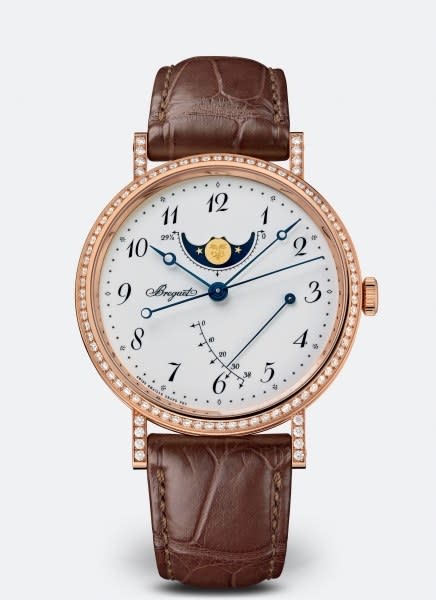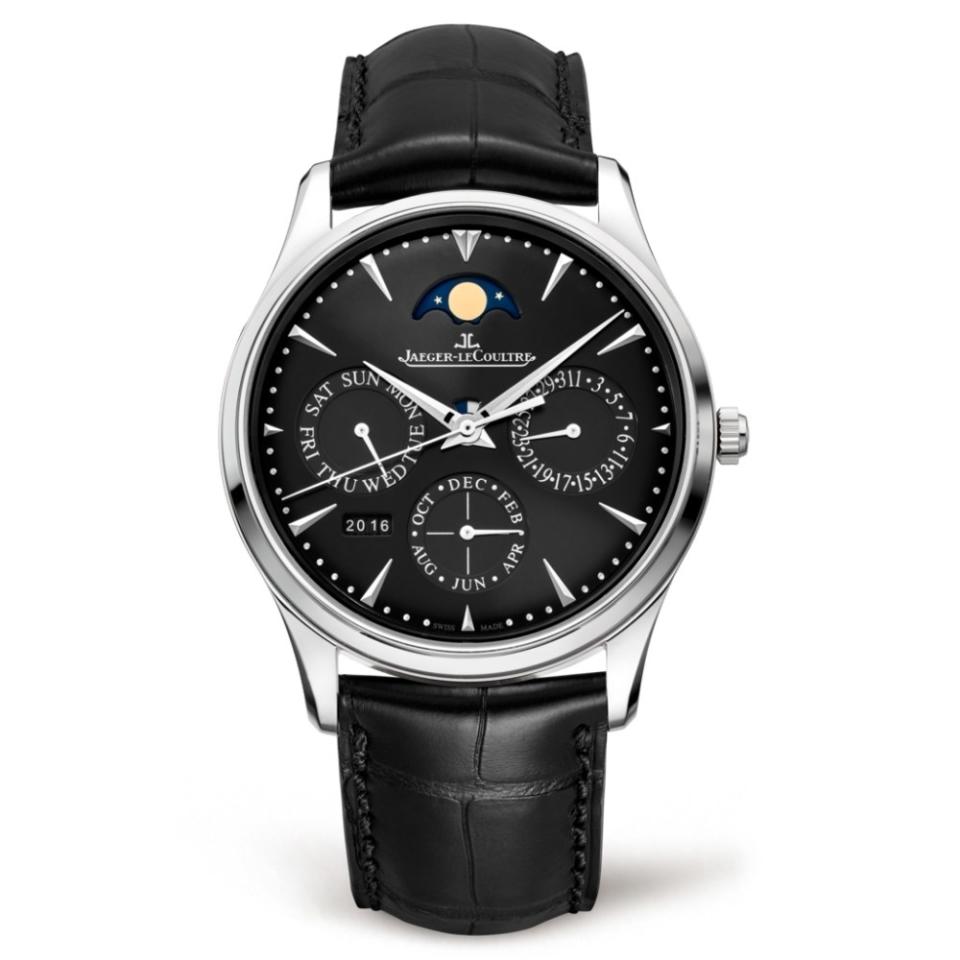The Perpetual Calendar Represents the Height of Watchmaking. So What Is It?
Reading about watches can often feel like cracking open a textbook. Browsing—and even buying—means being barraged with inscrutable words and phrases like ”tourbillons,” “perpetual calendars,” “minute repeaters,” and so on. So here, we'll be breaking down the meaning, history, and importance of different watch terms. Welcome to GQ's Watch Glossary.
What I’ve discovered about people who love watches, despite the fact that smartphones have stolen away some of their relevance, is they’re obsessed with mechanics. The students at the Patek Philippe school treat How It’s Made as canonical television and the most obsessive watch guys typically turn out to be car freaks, too. Think the modern auto-inspired watches from Richard Mille or consider that Laurent Ferrier, the one-time Patek Philippe creative director, raced in and placed third in the 1979 edition of the 24 Hours of Le Mans race. And when it comes to watch features none is cooler, more impressive, or more technically challenging to put together than the perpetual calendar.
Watches can feature up to three types of calendars, represented by small windows or dials that typically show the date, day of the week, and month. A simple calendar tallies up 31 days before resetting. That the month might have 28, 29, or 30 days is beyond the scope of its power. Then there’s an annual calendar, which is tuned to the 12-month calendar and nails the months lasting 30 or 31 days—but requires a yearly reset once the calendar flips from February. The crown jewel is the perpetual calendar, which is programmed to correctly display the correct date even during leap years until—get this—the end of the century. Buy a perpetual calendar now and it won’t need a reset until the year 2100.

Thomas Mudge invented the very first perpetual calendar in 1762—the gold pocket watch that contains it is currently on view at the British Museum. But it would take almost two full centuries for the technology to make its way to wrists. Patek Philippe first made a commercial perpetual calendar wristwatch in 1925. Breguet struck next, releasing its own model in 1929.
The perpetual calendar is the height of haute horlogerie, the French term for highest-end watchmaking that includes minute repeaters and tourbillons. Typically, it will take even the most skilled watchmakers over a month to assemble everything necessary to make a perpetual calendar work. The feature requires hundreds of extra gears to keep precise track of the exact date. Some of these gears will only be called into action once every four years. The mechanism is a huge network of interconnected pieces where the gears for the seconds, minutes, hours, days, and months trigger one another.

Look, I hate to break this to you, but chances are overwhelmingly good that we’ll be dead by the time 2100 rolls around. That the perpetual calendar, invented in the mid-1700s, will make a timepiece relevant long after we’ve shuffled off this mortal coil is part of its magic. Out of all the wonderfully superfluous things you can get on a watch, the perpetual calendar is certainly at the top of the list. The watches that have them are so impressively built that the only thing with the power to destroy them is the rhythm of the earth, which The Guardian notes is extending the day slowly but surely. Hodinkee notes that this means perpetual calendar watches made now will finally be made irrelevant over a billion years from now. So give this watch to your great-great-great-great-great-great-great-great-great-great-great-great-great-great-great-great-great-great-etc grandchild and forget it.
Watch:

